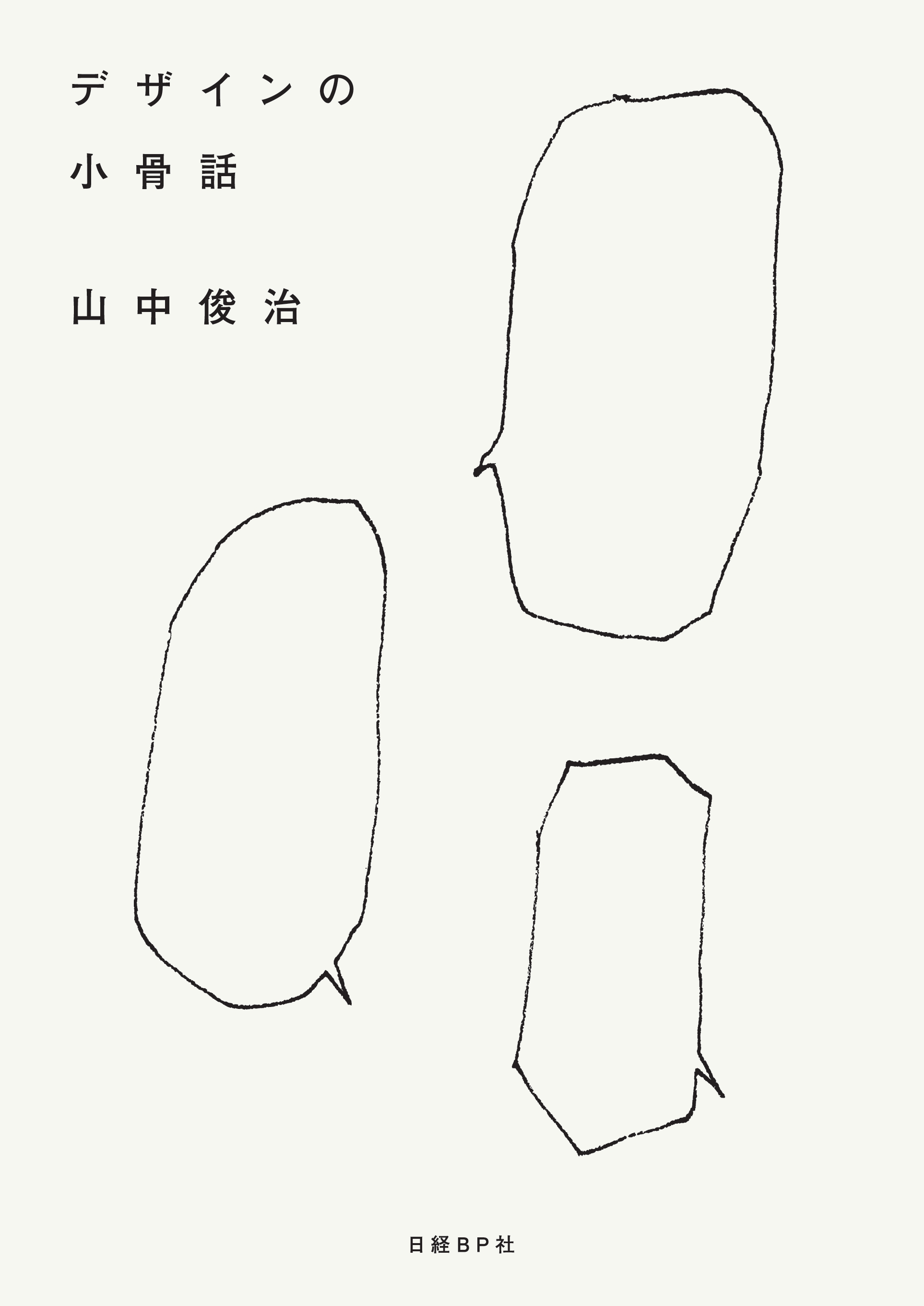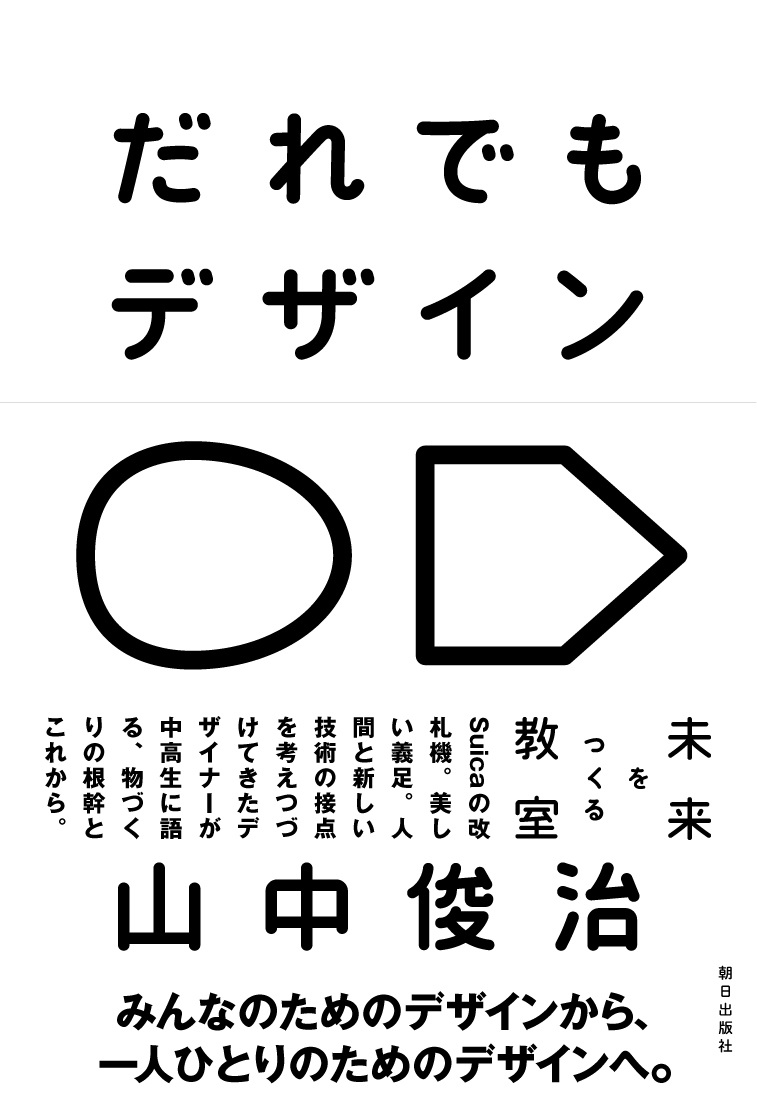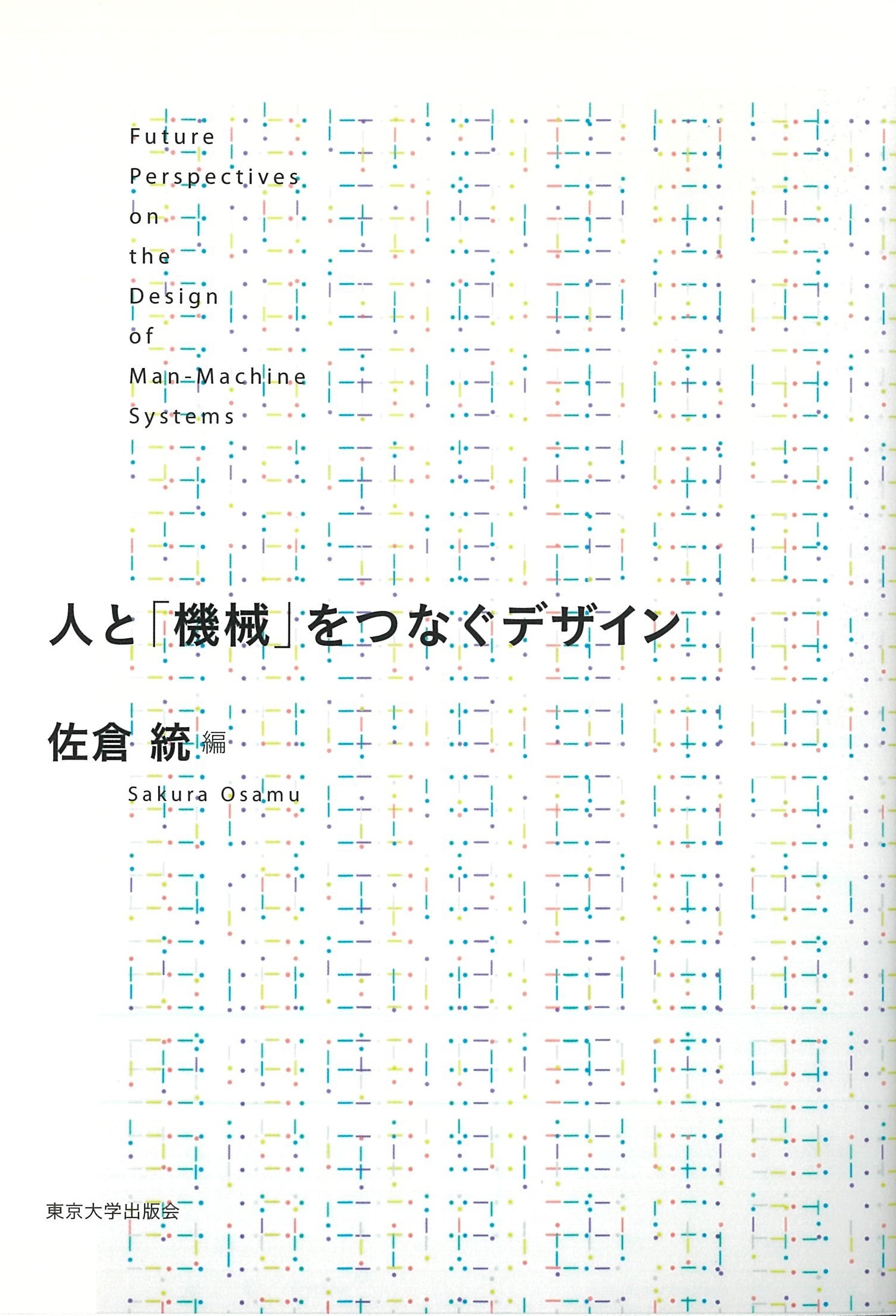
Title
Design no Kobone-Banashi (Fragmentary Stories in Skeletal Structure of Design)
Size
224 pages, A5 format
Language
Japanese
Released
November 28, 2017
ISBN
978-4-8222-5951-8
Published by
Nikkei Business Publications, Inc.
Book Info
See Book Availability at Library
Japanese Page
The author of this book is a designer who has explored the relationship between humans and technology in his work as a university researcher. This book is a design essay inspired by the way of thinking and design principles the author developed during these activities. It covers a vast range of topics, including how to engage with cutting-edge scientific technology, the relations of the form and function of an organism (such as an insect), the science concealed in everyday goods, life as a freelancer, and manufacturing technology and design. These messages are conveyed through a reader-friendly, storytelling approach, along with many sketches drawn with a delicate touch.
The following is taken from the book’s preface.
I began using Twitter in the spring of 2011, simply because I was envious after seeing graduates having a good time at the wedding of one of my students. But, before I knew it, I had surpassed 30,000 tweets. I never really got into other social media platforms, so I would consider myself a habitual Twitter user.
I know that Twitter, like many other platforms, is transitory and will vanish one day. Initially, I tweeted lazily, now and then, to share how I was feeling at that moment or to share information. However, I eventually began to rely on Twitter for a specific purpose— to create a record of what I was telling students.
Just before opening my account, I had become an instructor at Keio University and obtained my own laboratory. Having gained some renown as a freelance designer, I inevitably came to understand that my students wanted to be like me. Whether it would meet their needs I could not say, but I wanted to share with these students my own way of thinking and my design modes. I resolved to explain everything I could about what I look at, what interests me, how I observe, and how I know whether I have discovered something. I also wanted to convey how I generate ideas about shaping skills, when I work, when I rest, and why I consider the work valuable. I thought I would convey all of this because these were the things that I sought from my instructors.
One day, back when I was a student drawing manga from dawn to dusk, I discovered industrial design. I figured it would be possible to make use of both manga and mechanical engineering, my subjects at university. However, few instructors at the University of Tokyo could tell me the kind of work this would involve. I found the university’s one and only industrial design course and then buried my head in books and technical texts the instructor referred me to. It was pretty much self-driven study. I finally got the chance to really learn design after I was lucky enough to land a job in an automaker’s design division. That’s why I speak to students with the sense that I am giving a gift to my past self.
After a certain point, I started using Twitter to archive my words. When I had a spare moment, I would tweet a concise summary of a lesson, workshop, a meal with students, or a casual conversation. Sometimes I would attach a picture or photo. Eventually, I started sending tweets to supplement something that was not communicated well enough, or something new that I wanted to say. My words resonated with more people than I could ever have imagined. Seven years later, I now have over 70,000 followers (96,000 as of 2020).
For the majority of this book, I pick up some of the things that I tweeted and reiterate them in a more detailed, careful way.
(Written by YAMANAKA Shunji, Professor, Institute of Industrial Science / 2020)
Related Info
Graduated in 1982 from the University of Tokyo (Faculty of Engineering, Department of Industrial Mechanical Engineering) and joined Nissan Motor Design Center. Became an independent designer in 1987. Was assistant professor at the University of Tokyo from 1991 to 1994. In 1994, set up Leading Edge Design. Was professor at Keio University from 2008 to 2012. As of April 2013, became professor at the Institute of Industrial Science, University of Tokyo.
Achievements
Makes designs for industrial products in a wide range of genres including wristwatches, cameras, automobiles, furniture, and communication devices. Currently, is conducting research into new relationships between humans and leading edge technologies. Has received many awards such as the 2004 Mainichi Design Prize, iF Product Design Award (Germany) and the Good Design Award. In 2010, the Tagtype Garage Kit was chosen for the permanent collection at the Museum of Modern Art (MoMA) in New York.



 Find a book
Find a book



